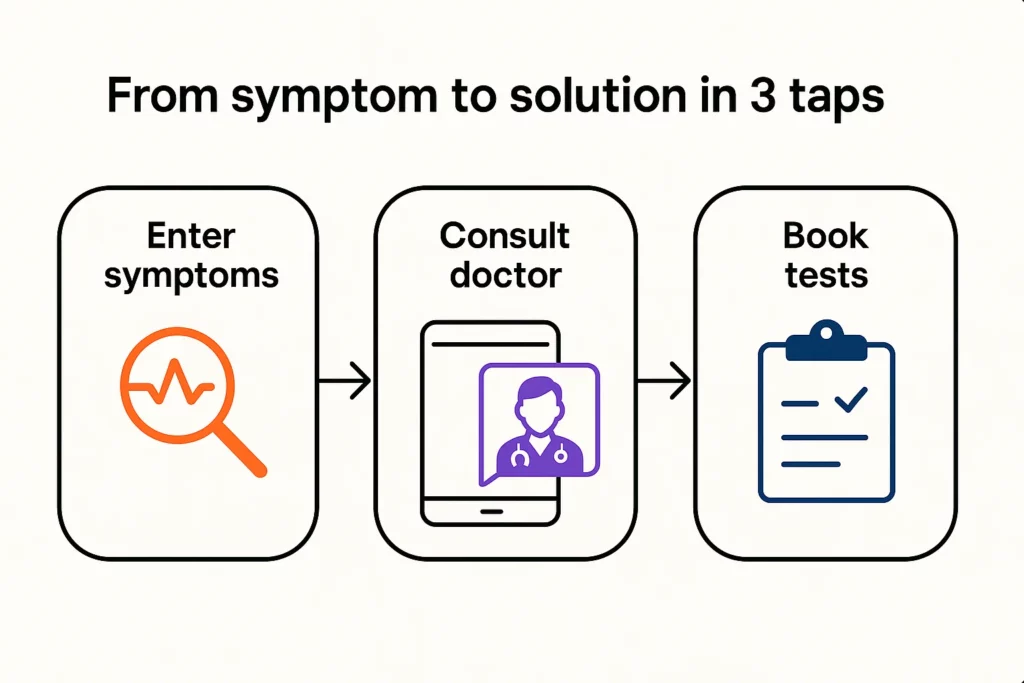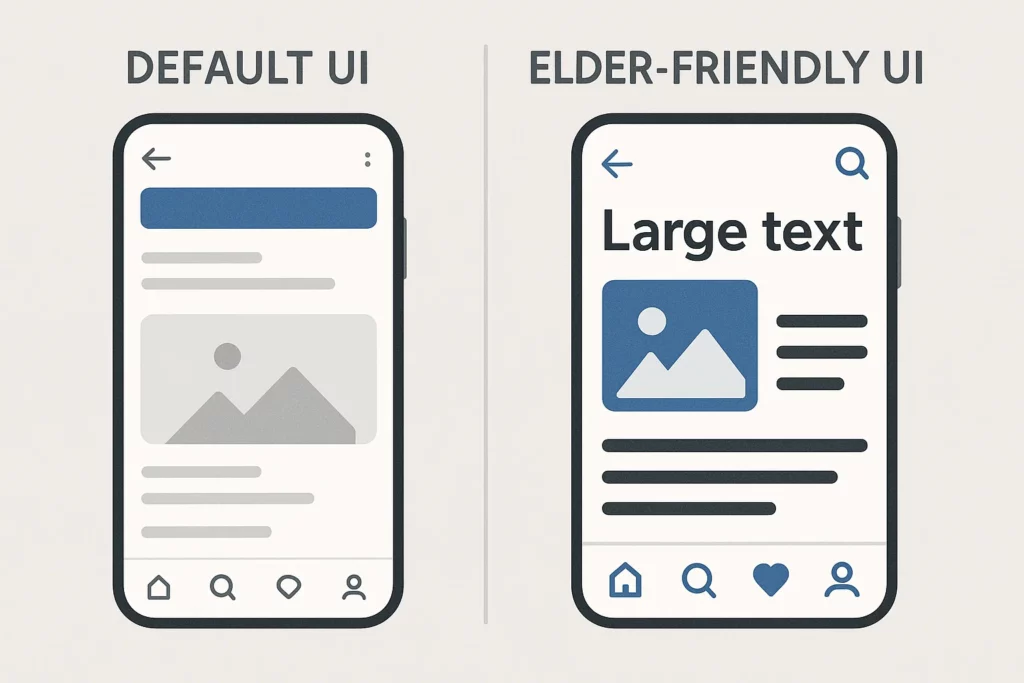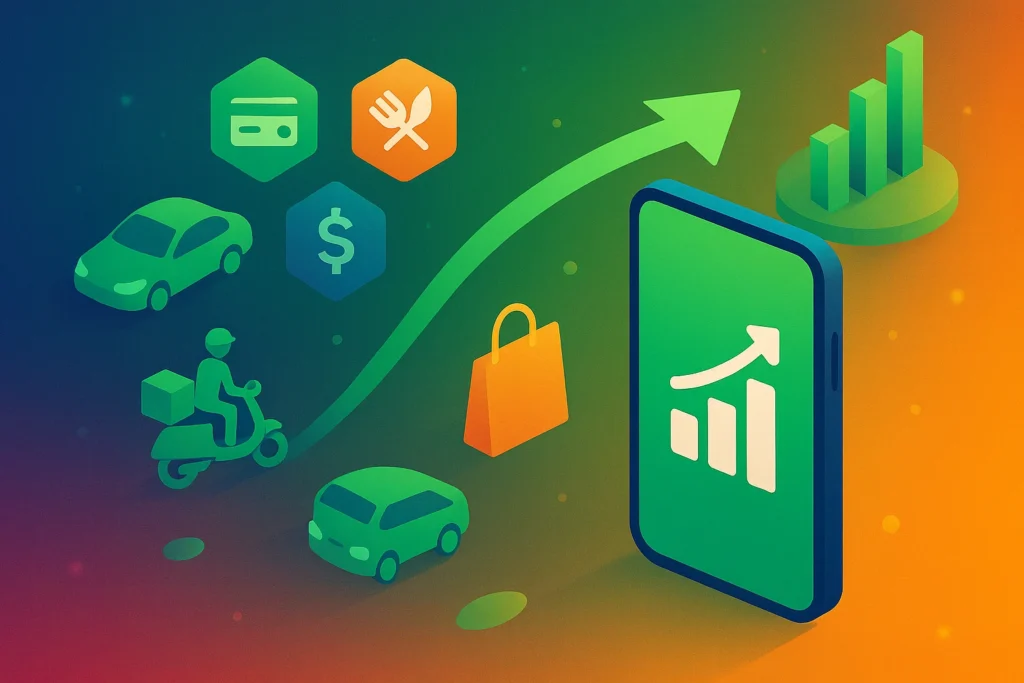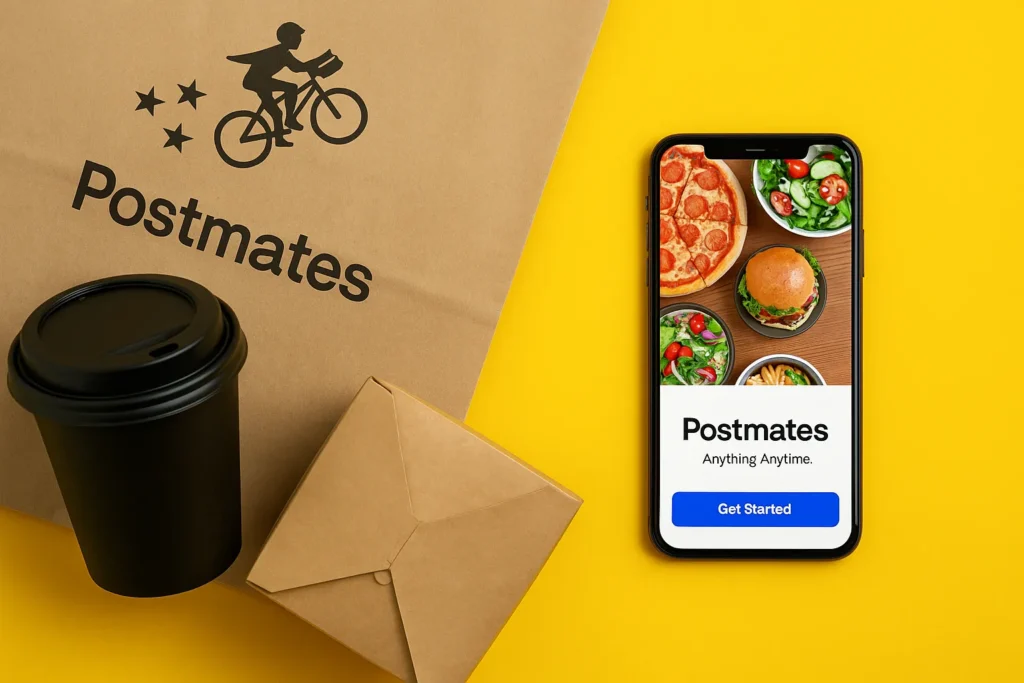Ever had that rush of excitement after spotting a successful app and thinking, “We could totally build that — but better!”? That’s how many startups feel when eyeing platforms like 1mg. And hey, it makes sense — online pharmacy apps are booming, especially as smartphones become the default doctor for Gen Z and millennials alike.
But turning that spark into a scalable, trust-worthy healthcare app isn’t as plug-and-play as cloning a TikTok trend. Somewhere between designing dashboards and listing paracetamol, many founders find themselves stuck — or worse, shutdown.
If you’re dreaming of building a 1mg clone, this blog’s your “don’t-do-these-things” playbook. At Miracuves, we’ve helped healthcare tech founders avoid the potholes and launch polished, profitable pharmacy platforms. Here’s what you need to dodge from the get-go.
Mistake #1: Treating It Like Just Another E-commerce Clone
Here’s the thing — 1mg isn’t Amazon in a lab coat. It’s a licensed, regulated, and highly sensitive healthcare platform. While the UI might feel familiar (search bar, product grid, cart icon), the backend has to obey medical laws, not just market trends.
If your clone app handles prescriptions like coupon codes or ignores drug interaction warnings, you’re inviting serious legal trouble — and user mistrust.
Also Read :-Best 1mg Clone Scripts in 2025: Features & Pricing Compared
Feature Comparison: E-commerce App vs Pharmacy App
| Feature | Typical E-commerce App | Online Pharmacy App (e.g., 1mg Clone) |
|---|---|---|
| Product Type | Clothes, gadgets, books | Medicines, health supplements, medical devices |
| Prescription Upload | ❌ Not required | ✅ Mandatory for prescription-based drugs |
| Regulatory Compliance | Basic business registration | ✅ Requires compliance with drug and health laws (e.g., Drugs and Cosmetics Act, HIPAA, etc.) |
| User Verification | Email/SMS OTP | ✅ KYC or verified prescriptions for medicine purchases |
| Returns & Refunds | Easy return policy | ❌ Restricted returns due to medicine safety |
| Search Filters | Price, popularity, rating | ✅ Includes dosage, symptoms, drug composition |
| Customer Support | Chatbot, call center | ✅ Includes medical professionals or teleconsultation |
| Logistics | Standard delivery (non-sensitive) | ✅ Cold-chain logistics for temperature-sensitive items |
| Payment Gateways | Standard gateways | ✅ May include health wallet integration, insurance claims |
| Additional Services | Reviews, wishlists | ✅ Lab tests, doctor consultations, digital prescriptions |
Mistake #2: Ignoring Telemedicine & Diagnostics Integration
Today’s users want everything — meds, blood tests, consultations — in one swipe. 1mg nailed this by integrating teleconsultations and lab booking into its core flow.
Startups that skip this multi-service model risk becoming “just another pill shop.” The future is hybrid: part marketplace, part medical assistant.
According to TechCrunch, diagnostic services are now driving over 30% of revenue for major health platforms.

Mistake #3: Overlooking Pharmacy Network Logistics
Think listing 10,000 medicines is hard? Try delivering them across 100 PIN codes with varying stock and temperature-sensitive packaging.
Many clones collapse under logistics pressure. Real-time inventory sync, smart order routing, and pharmacy partnership APIs are non-negotiables — not future features.
Real Story: One startup forgot to factor in cold-chain shipping for insulin and lost half their users in 30 days. Ouch.
Learn More :-Pre-launch vs Post-launch Marketing for 1mg Clone Startups
Mistake #4: Skimping on UX for Elderly and Non-Tech Users
A large chunk of your audience isn’t tech-savvy 20-somethings — it’s concerned caregivers, parents, and elderly users. Tiny fonts, complex checkout steps, or English-only UIs are instant bounce factors.
Design with empathy. Use large buttons, voice input options, local language support, and a chatbot to guide confused users.
Remember: A 70-year-old ordering heart meds on your app deserves as much love as a teenager shopping for eyeliner.

Mistake #5: No Revenue Plan Beyond Margins
If your only goal is to undercut competitors on price, you’re setting yourself up for razor-thin margins and brutal burn rates. 1mg didn’t stop at medicine margins — they layered subscriptions, lab tests, telehealth consults, ad placements, and data services.
Smart clones monetize like a Swiss army knife:
- Prime memberships for free delivery
- Sponsored listings for pharma brands
- Health plans with bundled diagnostics
Read More :-Reasons startup choose our 1mg clone over custom development
Conclusion
Launching a pharmacy app clone sounds like a shortcut to success — until you hit these landmines. But when done right, it’s a high-trust, high-growth business worth every byte of effort.
Stay compliant, build with empathy, and monetize smartly. Your clone doesn’t just need to work — it needs to heal, help, and scale.
At Miracuves, we help innovators launch high-performance app clones that are fast, scalable, and monetization-ready. Ready to turn your idea into reality? Let’s build together.
FAQs
Can I build a 1mg clone without owning a pharmacy license?
You’ll need to partner with licensed pharmacies or obtain necessary approvals based on your region’s drug laws. Don’t skip this step.
Is it legal to sell medicines online in India?
Yes — but only if you comply with the Drugs & Cosmetics Act, include prescription uploads, and source from licensed sellers.
Can I offer teleconsultation within my app?
Yes, but the doctors must be verified, and the platform should follow Telemedicine Practice Guidelines issued by Indian medical authorities.
How do I manage medicine inventory in multiple cities?
Use real-time APIs with local pharmacy partners and smart logistics algorithms to route orders based on user location and stock levels.
What’s the average cost to build a 1mg clone?
Costs can vary from $10,000 to $100,000+ based on features, integrations, and scale. Miracuves offers modular development plans to match your goals.
Can I also integrate fitness or wellness products?
Absolutely! Many clones add wellness categories like supplements, equipment, or trackers for additional revenue.







